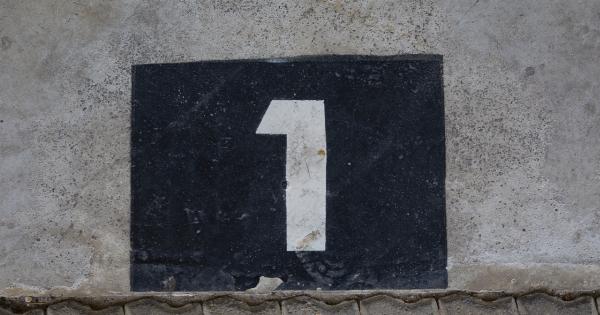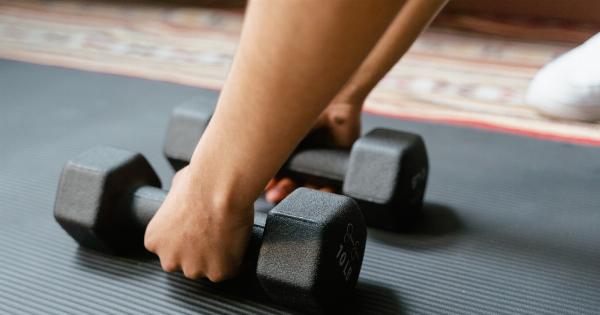Coronary artery disease (CAD) is a common and serious condition that affects millions of people worldwide. It occurs when the arteries that supply blood to the heart muscle become narrow or blocked due to the buildup of plaque.
This can lead to chest pain, shortness of breath, and even heart attacks. While lifestyle factors such as diet, exercise, and smoking play a significant role in the development of CAD, recent studies have suggested a potential connection between heavy crowning and this cardiovascular condition.
Understanding Coronary Artery Disease
Before delving into the connection between heavy crowning and coronary artery disease, it’s essential to grasp the basics of CAD. The coronary arteries are responsible for delivering oxygen-rich blood to the heart muscle.
Over time, these arteries can develop plaques, which consist of cholesterol, fat, calcium, and other substances. These plaques can gradually narrow the arterial passages, impeding the blood flow to the heart.
When the coronary arteries are significantly blocked, the heart’s oxygen supply can become limited, leading to various symptoms such as chest pain (angina) or shortness of breath.
If a plaque ruptures or a blood clot forms, it can completely block a coronary artery, causing a heart attack and potentially leading to severe complications or even death.
The Impact of Heavy Crowning
Heavy crowning refers to the process of exerting excessive or prolonged pressure on the coronary arteries due to intense physical exertion, which can occur during weightlifting, powerlifting, or other strength training activities.
During heavy lifting, the blood pressure within the arteries can skyrocket, placing tremendous stress on the cardiovascular system.
Several studies have investigated the potential link between heavy crowning and the development of coronary artery disease. While the precise mechanisms are not yet fully understood, there are several theories to explain this association.
Elevated Blood Pressure and Shear Stress
One theory suggests that the extreme pressure exerted on the walls of the coronary arteries during heavy crowning leads to elevated blood pressure and shear stress.
This persistent stress and strain on the arterial walls can contribute to the formation of plaques and accelerate the progression of coronary artery disease.
Endothelial Dysfunction
Another proposed mechanism focuses on the endothelium, the thin layer of cells lining the interior of blood vessels, including the coronary arteries.
It is believed that heavy crowning may cause endothelial dysfunction, impairing the blood vessels’ ability to dilate and regulate blood flow. This dysfunction can lead to the initiation and progression of atherosclerosis, the main underlying cause of coronary artery disease.
Inflammation and Oxidative Stress
Inflammation and oxidative stress are known to play a crucial role in the development of atherosclerosis and its consequences.
Heavy crowning has been associated with an increased release of inflammatory markers and the overproduction of reactive oxygen species, leading to oxidative stress within the arterial walls. This chronic inflammation and oxidative stress can heighten the risk of plaque formation and plaque rupture, further contributing to coronary artery disease.
Exercise-Induced Cardiac Remodeling
Regular exercise is generally recommended to maintain a healthy cardiovascular system. However, there is evidence to suggest that intense and repetitive heavy crowning may induce abnormal cardiac remodeling.
This process involves changes in the heart’s size, shape, and structure, potentially compromising its overall function and increasing the risk of coronary artery disease.
Preventing Coronary Artery Disease in Heavy Crowners
While the potential connection between heavy crowning and coronary artery disease requires further exploration, individuals who engage in intense strength training activities should take measures to reduce their risk.
Here are some strategies to consider:.
1. Gradual Progression
Avoid excessive weight increments and focus on gradually increasing training intensity and load over time. This approach allows your body to adapt and minimize the potential strain on the coronary arteries.
2. Proper Lifting Technique
Ensure you are using correct lifting form and technique. Improper form can place additional stress on the cardiovascular system. Seek guidance from a qualified fitness professional to ensure you are performing exercises correctly.
3. Warm-Up and Cool-Down
Always incorporate a proper warm-up and cool-down routine into your workouts. This helps prepare your body for exercise and facilitates the recovery process, reducing the overall strain on your cardiovascular system.
4. Monitoring Blood Pressure
Regularly monitor your blood pressure, both at rest and during exercise. If you have hypertension or other cardiovascular risk factors, it is crucial to manage your blood pressure within a healthy range.
Consult with a healthcare professional for guidance on monitoring and managing your blood pressure.
5. Optimal Nutrition and Hydration
Maintain a balanced diet rich in fruits, vegetables, whole grains, lean proteins, and healthy fats. Adequate hydration is also vital for cardiovascular health.
Proper nutrition and hydration support your overall well-being and can contribute to a healthier cardiovascular system.
Conclusion
The potential connection between heavy crowning and coronary artery disease is an area of ongoing research.
While the evidence is not yet definitive, the exertion of intense pressure during strength training activities may have adverse effects on the cardiovascular system, contributing to the development or progression of coronary artery disease. It is essential for individuals engaging in heavy crowning to be mindful of their cardiovascular health, implement preventive measures, and seek appropriate medical guidance.
By taking steps to minimize the potential risks associated with heavy crowning, individuals can continue to enjoy the benefits of strength training while promoting their overall heart health.






























